Equipment Needed
Choosing the right equipment is crucial for ensuring safe, efficient, and cost-effective transportation of your goods. Below, we provide a breakdown of the most commonly used equipment types available through FreightManager.
Choosing the right equipment is crucial for ensuring safe, efficient, and cost-effective transportation of your goods. Each type of equipment serves a specific purpose and caters to different types of cargo. Below, we provide a breakdown of the most commonly used equipment types available through FreightManager.
1. Van
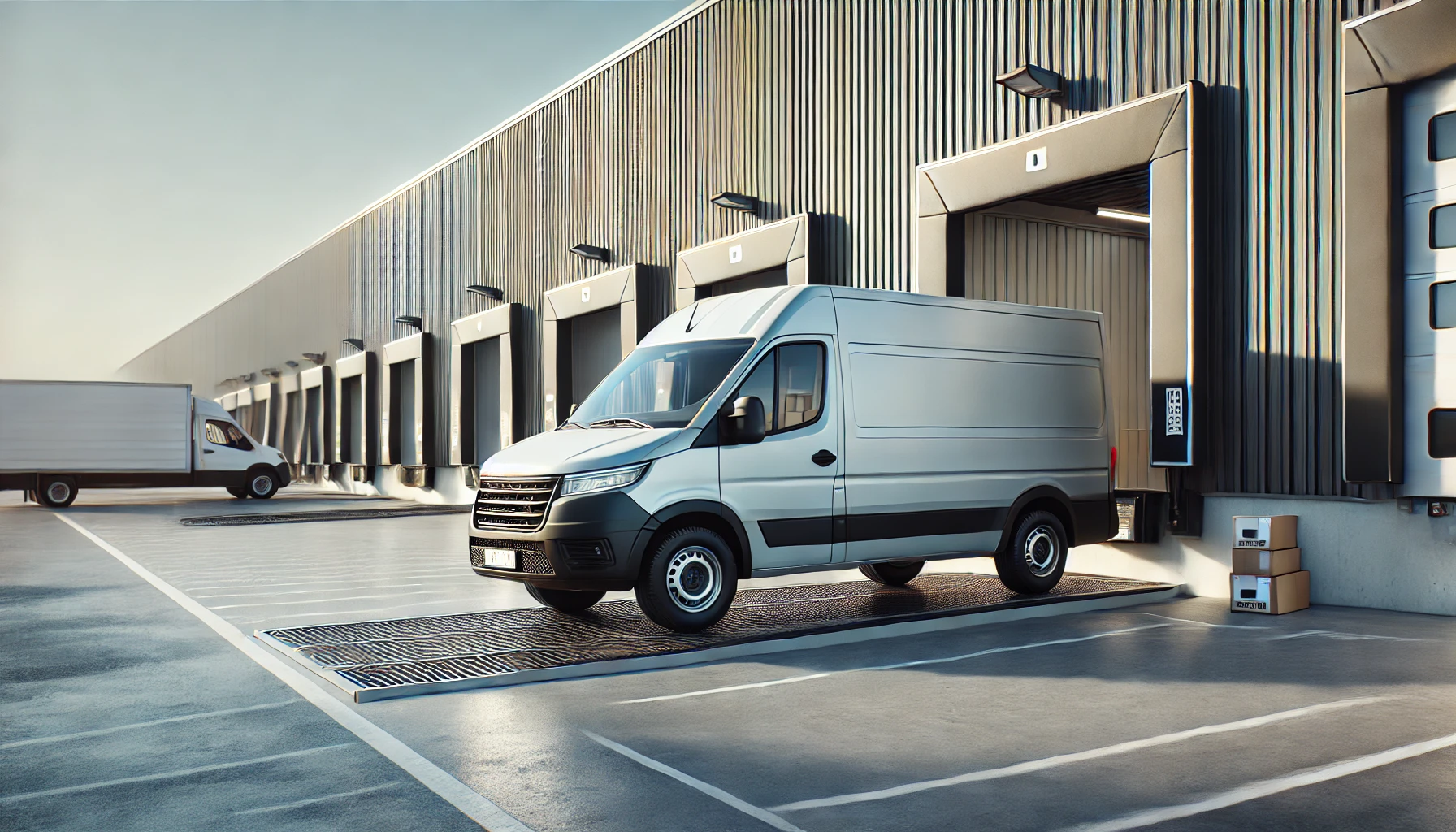
Definition: A standard dry van is an enclosed trailer used to transport general freight that doesn't require refrigeration or temperature control.
When to Choose This Option?
- Your items are packaged in boxes, crates, or pallets.
- Your cargo does not require temperature control.
- Protection from weather and theft is essential.
Key Considerations
- Most cost-effective option for general freight shipping.
- Protects shipments from rain, snow, and theft.
Example: A supplier ships electronics from a warehouse to a retailer. The electronics are boxed and palletized, so a dry van is sufficient for transport since no temperature control is required.
2. Reefer
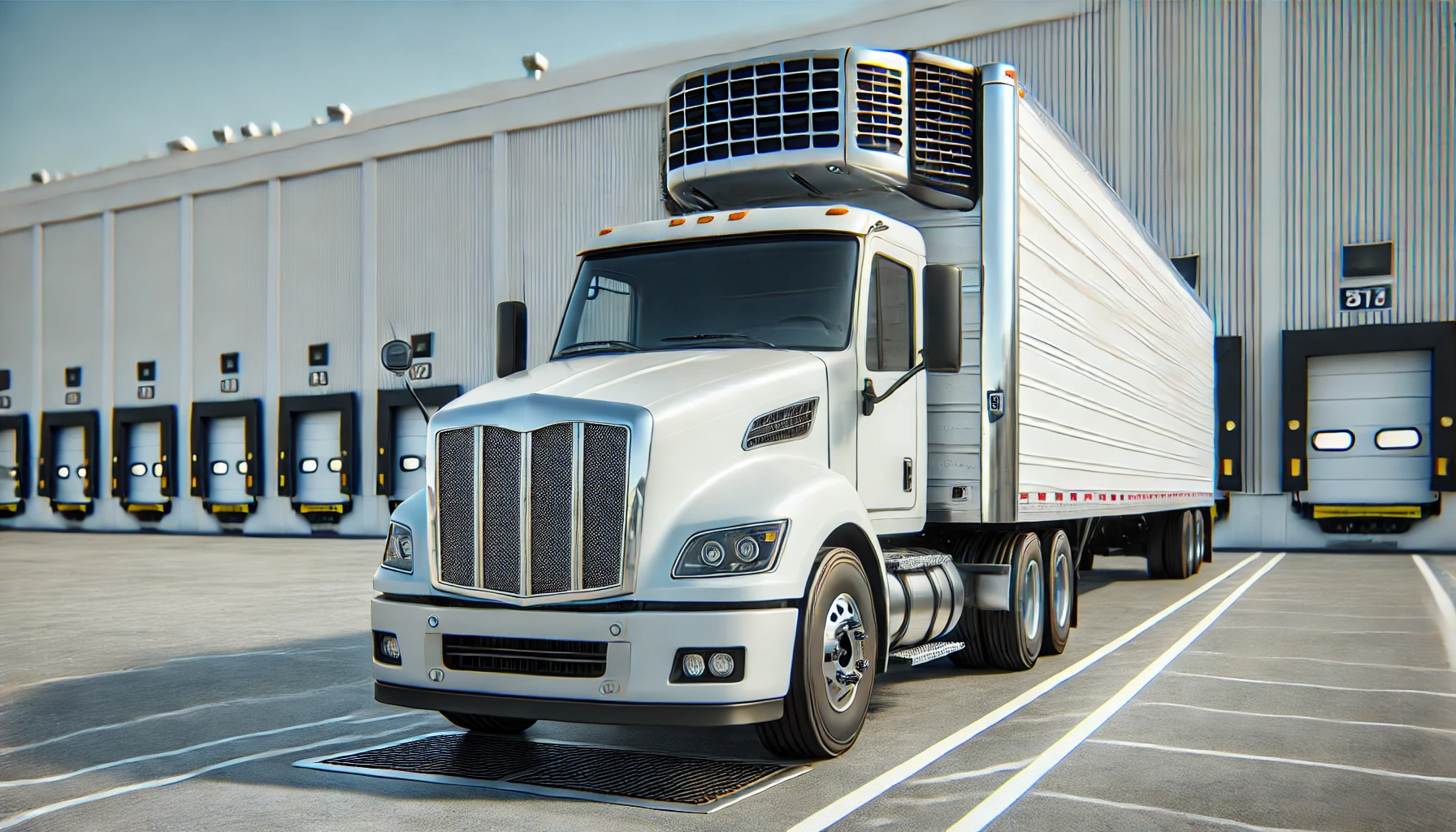
Definition: A refrigerated trailer used to transport perishable goods at controlled temperatures.
When to Choose This Option?
- You’re shipping fresh food, frozen food, or perishable goods.
- Temperature-sensitive products such as pharmaceuticals and chemicals are being transported.
Key Considerations
- Higher shipping costs due to refrigeration equipment and fuel consumption.
- Temperature can be controlled and monitored throughout the journey.
Example: A seafood distributor ships fresh fish from the coast to a restaurant supplier. Since the fish must remain at 32°F during transit, a reefer is used to keep the seafood fresh.
3. Flatbed
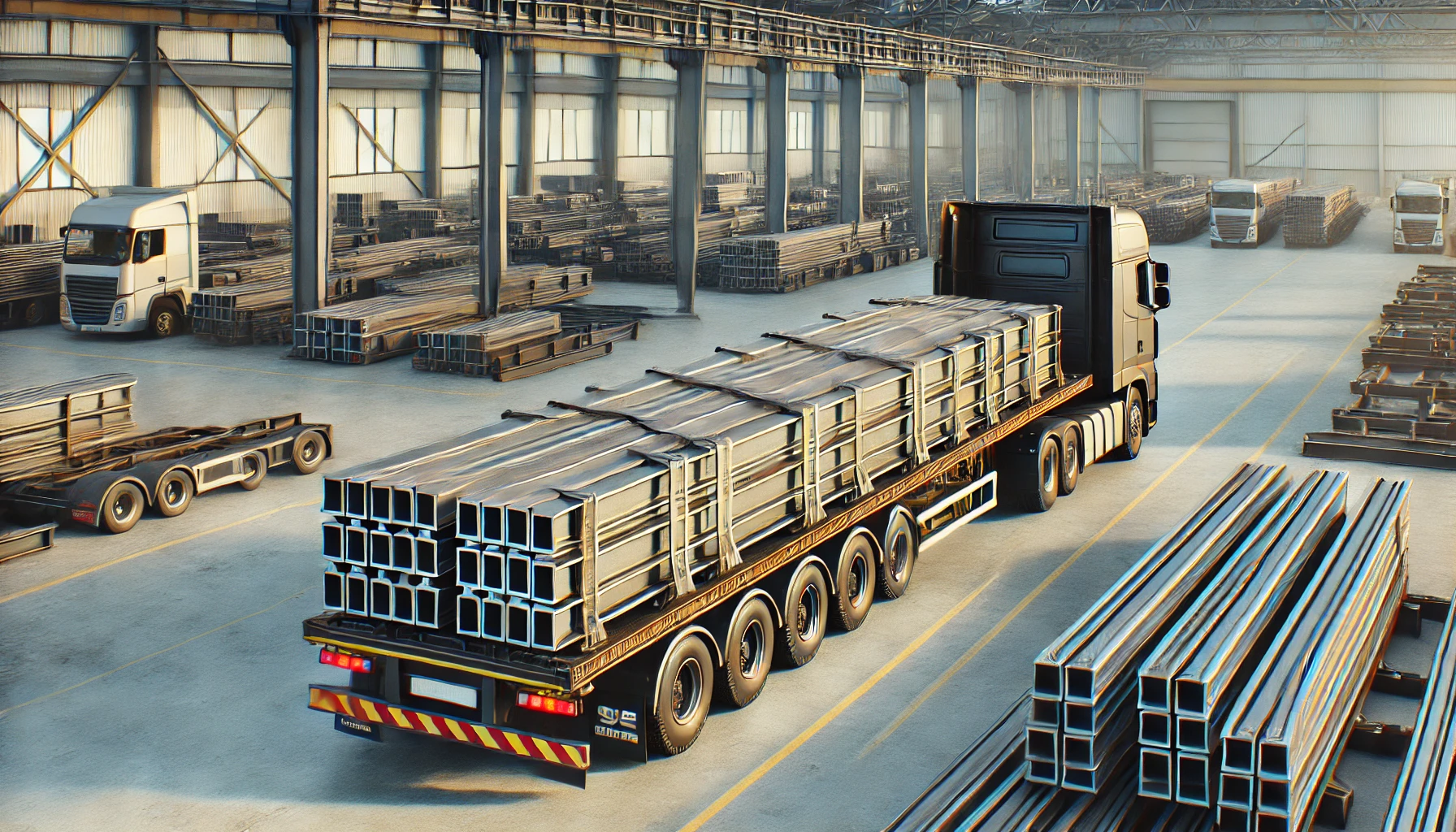
Definition: An open trailer with no sides or roof, used to transport oversized, heavy, or oddly shaped cargo.
When to Choose This Option?
- Your items are too large or wide for a standard trailer.
- Loading and unloading must be done from the side or top of the truck.
Key Considerations
- Goods must be secured using straps, chains, and tarps to protect them from weather.
- Commonly used for construction materials, heavy machinery, and large equipment.
Example: A construction company ships steel beams from the mill to a construction site. Since the beams are oversized, they are transported on a flatbed trailer, secured with chains and straps.
4. Straight Truck
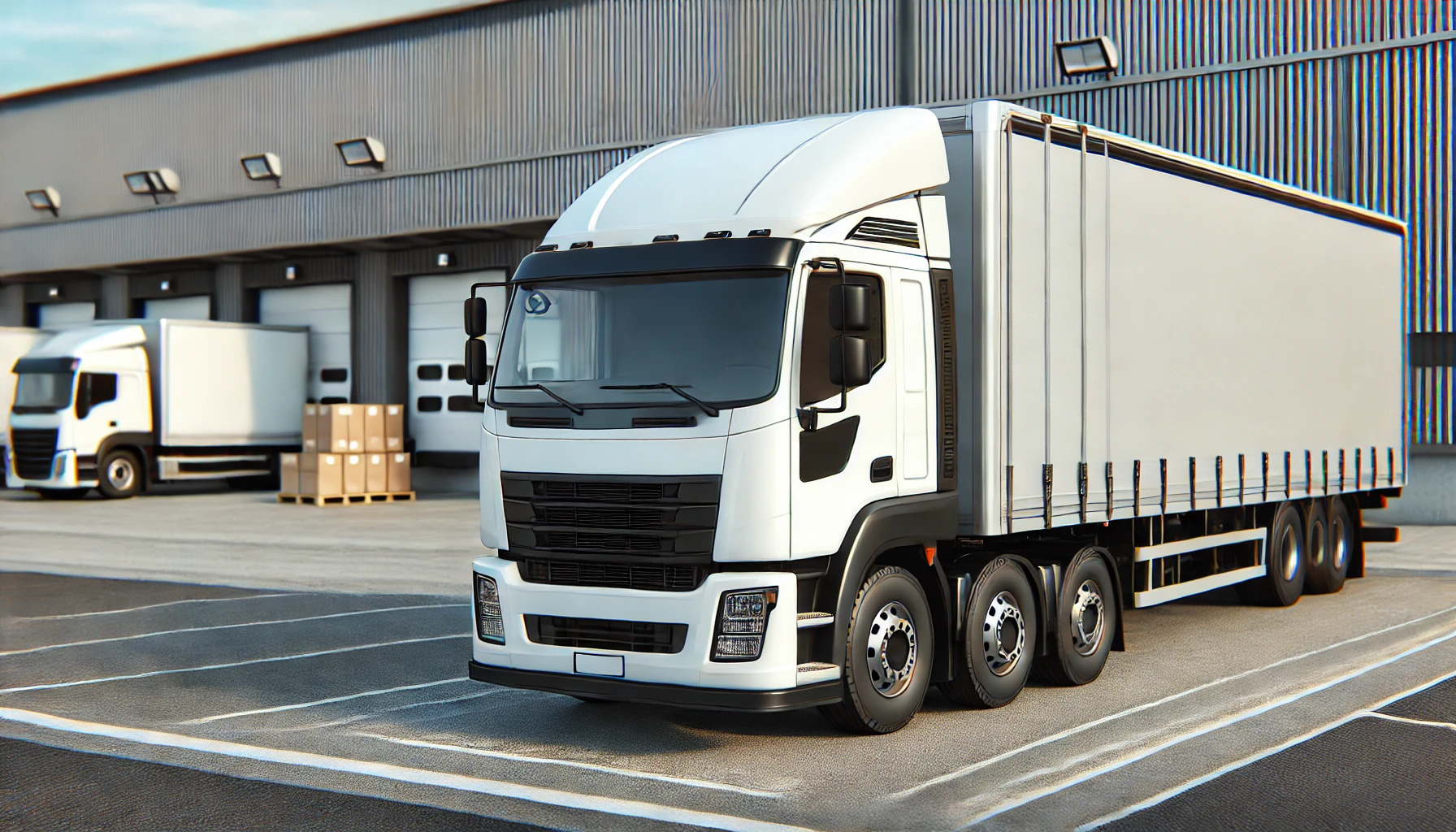
Definition: A truck with the cargo and driver compartments built as one unit, typically used for local and short-haul deliveries.
When to Choose This Option?
- Your shipment is for local or same-day delivery.
- Access to large semi-trucks is limited at the delivery site.
Key Considerations
- Best for residential or smaller delivery sites with restricted access.
- Limited carrying capacity compared to full trailers.
Example: A retailer delivers a new refrigerator to a customer’s home. A straight truck is used to navigate residential streets and deliver the product directly to the customer's driveway.
5. Step Deck
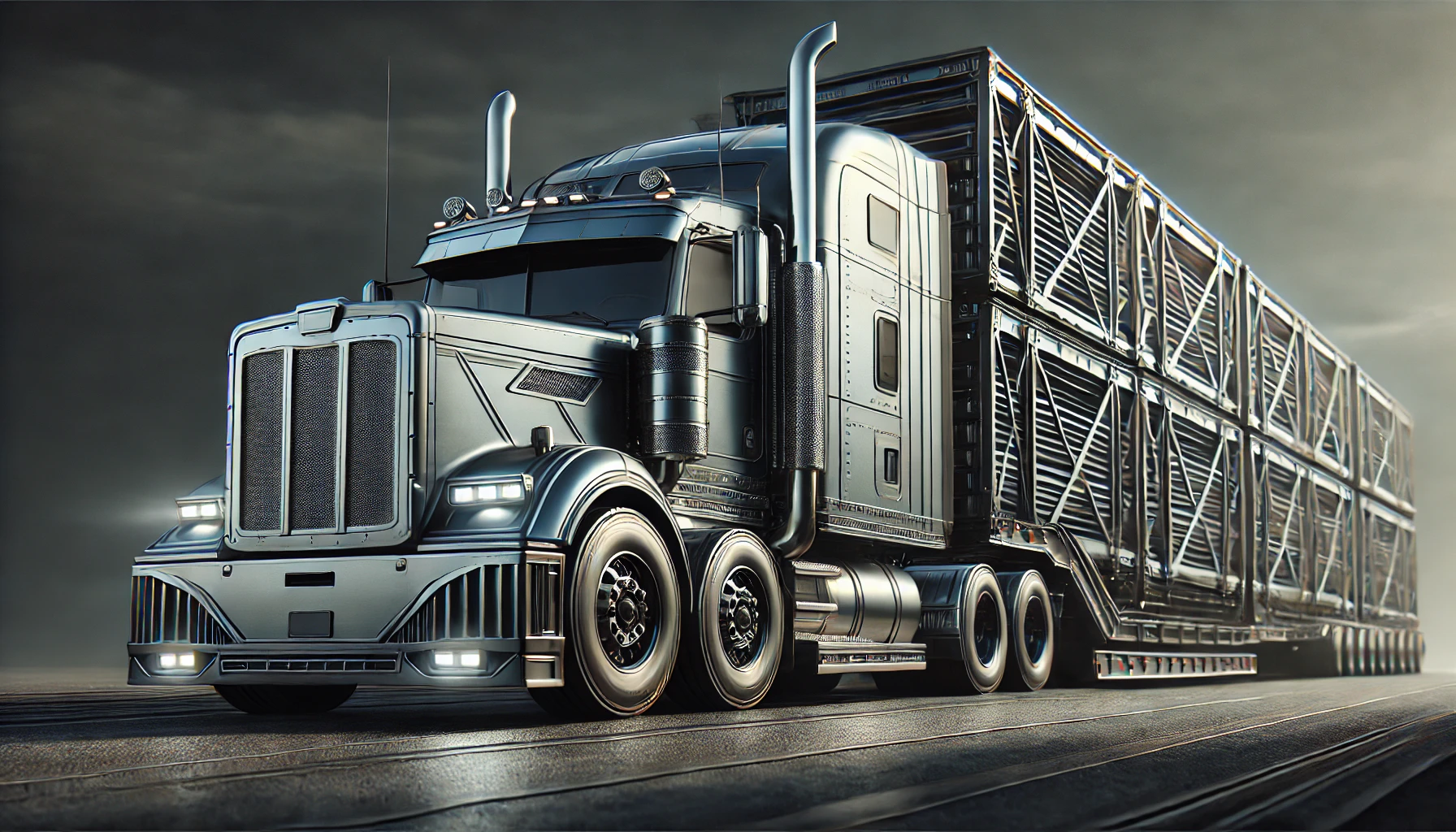
Definition: Similar to a flatbed but with a "step" or lower deck, allowing for the transportation of taller cargo.
When to Choose This Option?
- Your shipment is taller than standard flatbed height limits.
- Large machinery, tractors, or heavy equipment are being transported.
Key Considerations
- Allows for taller loads compared to standard flatbeds.
- Strapping and securing cargo is necessary to prevent load shifts.
Example: A manufacturer ships a large industrial generator to a factory. Due to its height, it’s loaded onto a step-deck trailer to ensure it clears overpasses during transit.
6. Lowboy / RGN (Removable Gooseneck)
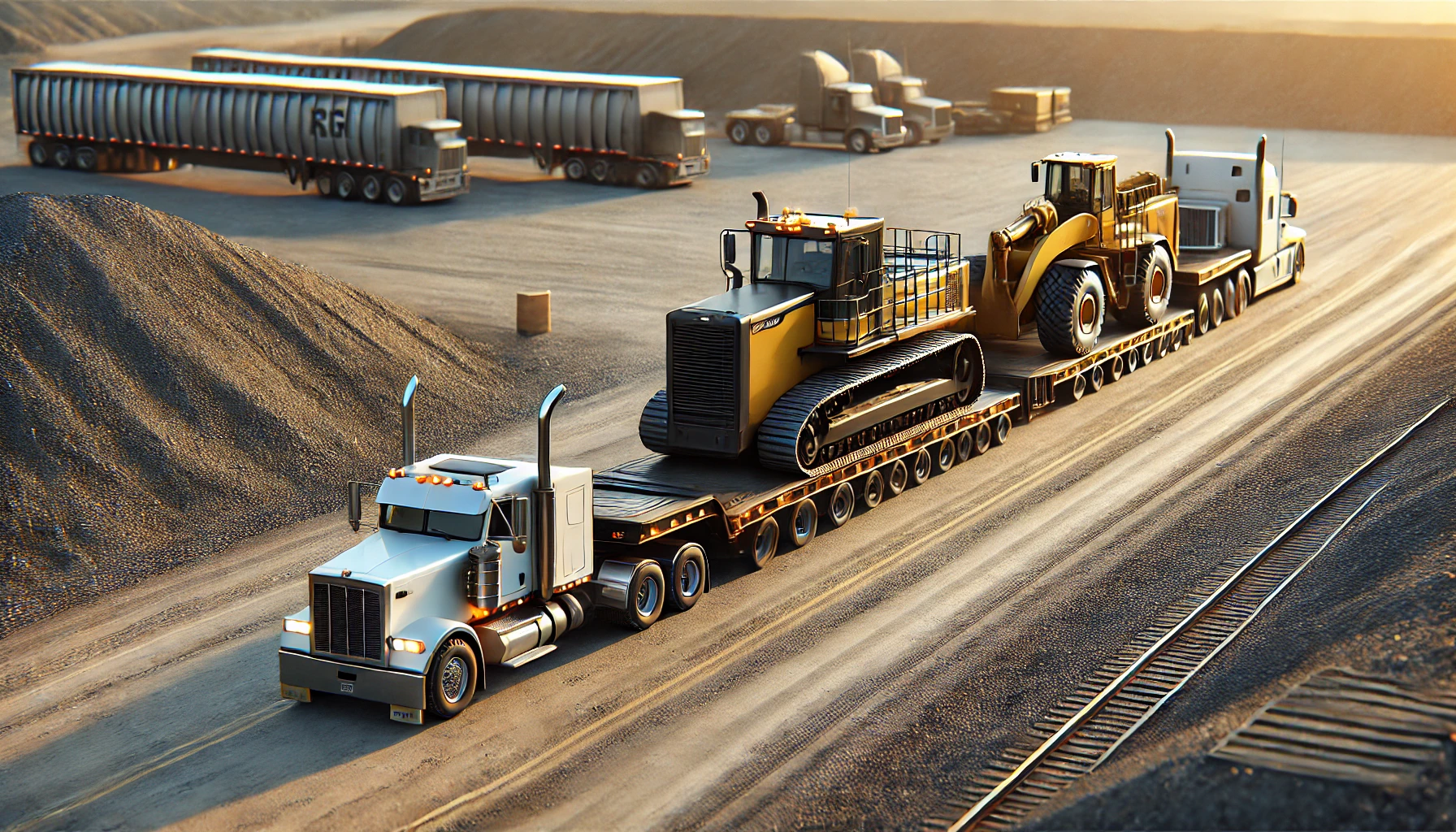
Definition: A specialized trailer with a lower deck to carry extremely heavy or oversized loads.
When to Choose This Option?
- Your shipment is extremely heavy or oversized.
- Construction equipment, such as excavators, needs to be transported.
Key Considerations
- Can handle very heavy loads with a low center of gravity.
- More expensive than flatbeds due to specialized handling and weight capacity.
Example: A construction firm needs to transport an excavator from a construction site to a maintenance facility. The excavator is driven directly onto the lowboy trailer for transport.
7. Container
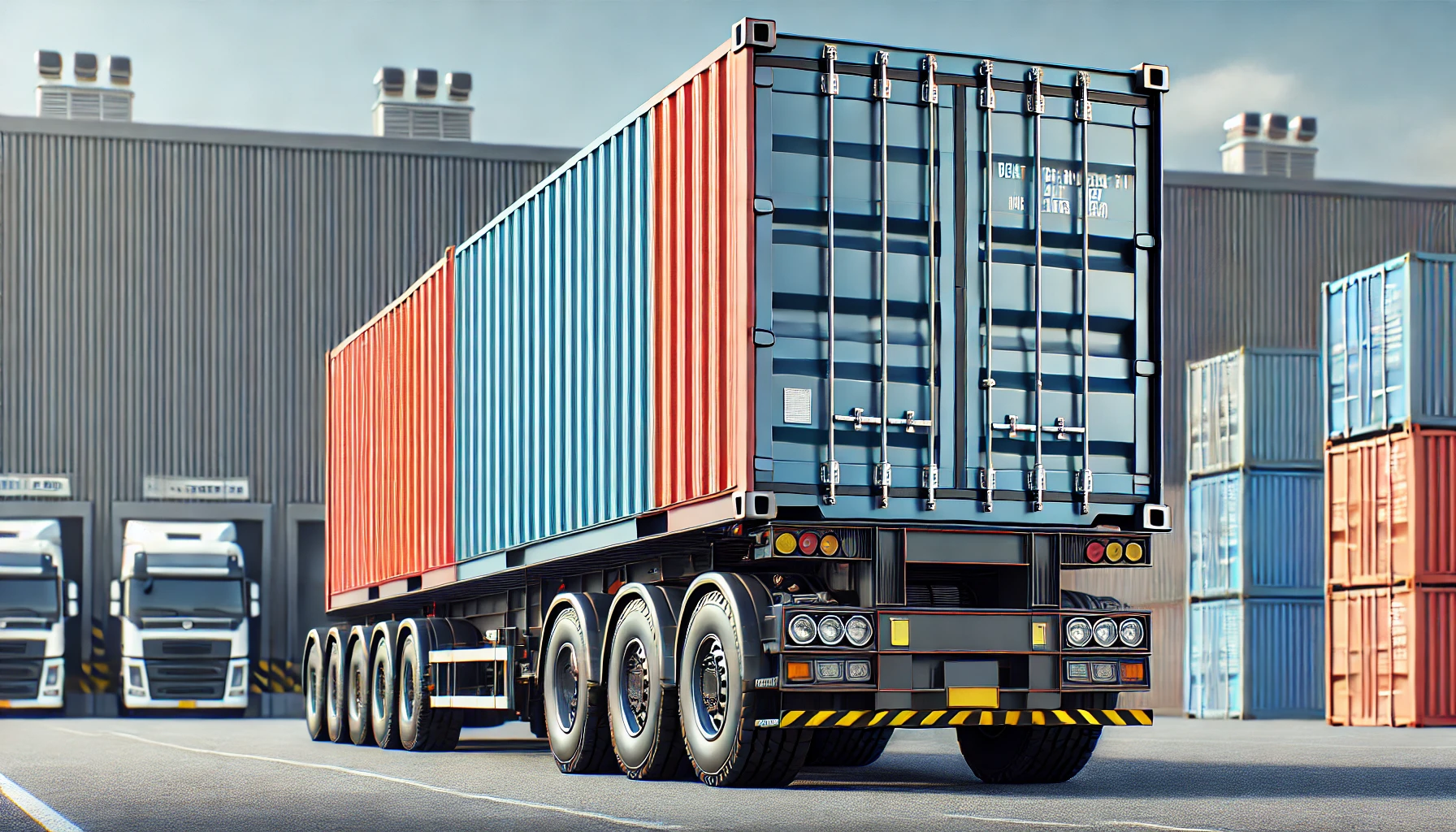
Definition: A secure metal container that is used for intermodal transport (sea, rail, and truck) to protect cargo from weather, theft, and damage.
When to Choose This Option?
- Your shipment requires protection from weather, theft, or damage.
- Goods are being transported internationally via sea, rail, or truck.
Key Considerations
- Offers secure, tamper-proof transport for international shipping.
- Available in 20-ft and 40-ft sizes.
Example: An electronics distributor is shipping laptops from the United States to Canada. The laptops are loaded into a 40-ft container, which is sealed and transported by ship and truck.
8. Curtain Side

Definition: A trailer with sliding fabric curtains on the sides, allowing for side loading and unloading.
When to Choose This Option?
- Side access is required for loading/unloading.
Example: A large commercial retailer receives boxed inventory that must be loaded from the side using forklifts.
Ready to Transform Your Freight Experience?
Sign up today and discover how simple and efficient freight management can be with FreightManager.
Get Started